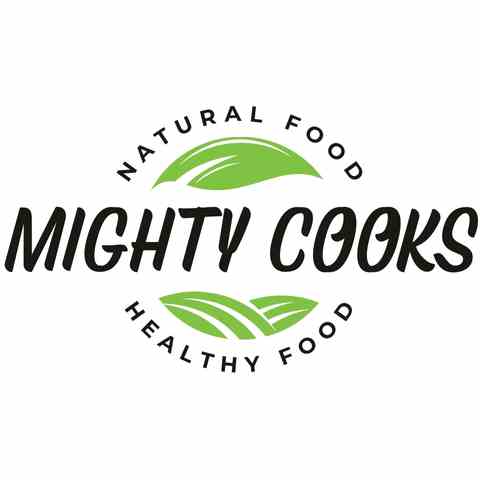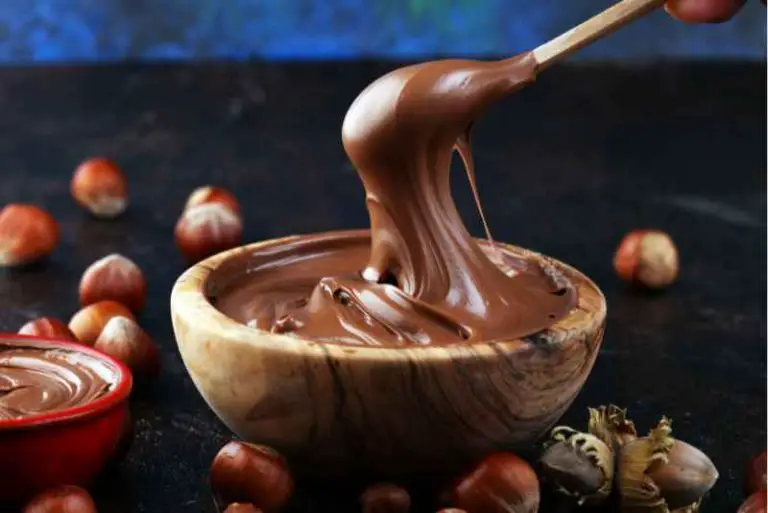Why Is Thawed Breast Milk Only Good for 24 Hours?
Why Is Thawed Breast Milk Only Good for 24 Hours? Breast milk is a valuable source of nutrition for newborns and infants, providing essential vitamins, minerals, and antibodies to support their growth and immune system.
As a result, many mothers choose to pump and store breast milk to ensure a steady supply for their little ones. However, proper storage and handling of breast milk are crucial to maintaining its quality and safety.
So, in this blog post, we will explore why thawed breast milk is only good for 24 hours, and also discuss the best practices for storing, thawing, and using breast milk.
The Importance Of Proper Breast Milk Storage
The nutrients and antibodies present in breast milk can be sensitive to changes in temperature, light, and air exposure, which can affect its overall quality and safety. Additionally, improper storage and handling can lead to bacterial growth and contamination, posing potential health risks for your baby.
Therefore, it is essential to follow guidelines for storing, thawing, and using breast milk to ensure that it remains fresh and safe for consumption.
Why Thawed Breast Milk Has A 24-Hour Shelf Life
Once breast milk has been frozen and subsequently thawed, it is generally considered safe to use within 24 hours when stored in the refrigerator at a temperature of 40°F (4°C). This 24-hour window is recommended for several reasons:
- Bacterial growth: Thawing breast milk creates an environment where bacteria can potentially grow. Although freezing breast milk can help inactivate some bacteria, it doesn’t completely eliminate them. Once the milk is thawed, any remaining bacteria may begin to multiply, increasing the risk of contamination over time.
- Nutrient degradation: The process of freezing, thawing, and refrigerating breast milk can lead to a gradual loss of nutrients, such as vitamins and antibodies. Using thawed breast milk within 24 hours helps minimize this nutrient degradation, ensuring that your baby receives the maximum benefits from the milk.
- Safety concerns: Mixing fresh milk with previously thawed milk or using milk that has been left at room temperature for an extended period can increase the risk of bacterial growth and spoilage. Adhering to the 24-hour rule helps maintain the safety of the milk for your baby.
Best Practices For Storing, Thawing, And Using Breast Milk
To ensure the freshness and safety of your breast milk, follow these guidelines:
- Storing breast milk: Store freshly pumped breast milk in clean, airtight containers or breast milk storage bags. Label each container with the date and time it was expressed. Refrigerate the milk if it will be used within three to five days, or freeze it for longer storage (up to six months is ideal).
- Thawing breast milk: To thaw frozen breast milk, place the container in the refrigerator for several hours or overnight. For a quicker thaw, hold the container under cool running water and gradually increase the water temperature until the milk is thawed. Never use a microwave to thaw breast milk, as this can create hot spots that may burn your baby and degrade the milk’s nutrients.
- Using thawed breast milk: Once thawed, use the breast milk within 24 hours. Gently swirl the milk before feeding to mix any separated fat layers. Do not refreeze thawed breast milk, as this can further degrade its quality and increase the risk of bacterial contamination.
- Discarding unused milk: If your baby doesn’t finish a bottle of breast milk, discard any remaining milk within two hours of the start of the feeding. This is because bacteria from your baby’s mouth can contaminate the milk, making it unsafe for future consumption.

Problems With Leaving Breast Milk Out For Longer
Milk kept in the fridge or freezer loses more vitamin C over time. Also, keep in mind that a woman’s milk is suited to her child’s specific requirements: when the child gets older, your breast squeeze changes.
If there is breast milk leftover, you’re probably wondering if it’s possible to use it again. Given the risk of bacterial contamination from your child’s mouth, milk storage instructions recommend eliminating the remaining breast squeeze after 2 hours.
Whether or not your milk is used in suckling, freshly expressed milk shouldn’t stay unrefrigerated for more than 4 hours. Immediately after it’s defrosted and refrigerated, formerly frozen milk is supposed to be used in less than 24 hours.
Tips For Thawing Breast Milk
Breast milk quality can deteriorate over time. You are required to thaw the former milk first. It’s important to remember that first in, first out.
Below are a variety of ways you can apply when thawing your breast squeeze:
- Refrigerate your Breast milk for at least one night.
- Place your milk in a warm water vessel.
- Use a stream of mild water.
Breast milk should never be thawed or heated on the stove. Microwaving breast milk can degrade nutrients and cause hot patches, which can cause injury to your baby’s lips.
Use breast squeeze in less than a day of thawing it in the fridge. Begin counting the time from the moment you take the breast squeeze out of the cooler until it is melted.
You are advised to utilize breast milk in less than 2 hours of bringing it to average temperature or warming it. Breast milk should never be frozen again after it’s been thawed.
Signs That Your Breast Milk Has Gone Bad
Breast milk is a perishable food, and like any other perishable food, it can go bad if not stored or handled properly. It’s essential to know the signs of spoiled breast milk to ensure your baby’s safety and prevent them from consuming harmful bacteria. Here are some telltale signs that breast milk has gone bad:
- Sour or rancid smell: One of the most obvious signs that breast milk has gone bad is a sour or rancid smell. Fresh breast milk typically has a mildly sweet or neutral odor. If it smells off or unpleasant, it’s best not to use it.
- Unusual taste: If you’re unsure about the smell, you can also taste the breast milk. Fresh breast milk has a slightly sweet taste, while spoiled milk might taste sour or metallic. It’s essential to discard any breast milk with an unusual taste, as it may cause your baby discomfort or illness.
- Clumps or chunks: While it’s normal for the fat in breast milk to separate and form a cream layer on top, spoiled milk can develop clumps or chunks. These clumps may be a sign of bacterial growth or spoilage. Gently swirl the milk to mix the fat and liquid; if any clumps remain, it’s best to discard the milk.
- Change in color: Fresh breast milk can vary in color – from clear to bluish, yellowish, or even slightly brownish. However, if you notice a drastic change in color or the milk appears cloudy or murky, it could be a sign that the milk has gone bad.
- Expired storage time: Always follow the recommended storage guidelines for breast milk. If the milk has been stored at room temperature, in the refrigerator, or the freezer beyond its safe storage period, it’s best to discard it.
Conclusion
To minimize the risk of feeding your baby spoiled breast milk, always follow proper storage and handling guidelines. Label your milk containers with the date of expression, store them in the back of the refrigerator or freezer, and use the oldest milk first.
Additionally, always wash your hands before handling breast milk and use clean containers or breast milk storage bags. By taking these precautions, you’ll ensure your baby receives the freshest and most nutritious breast milk possible.






